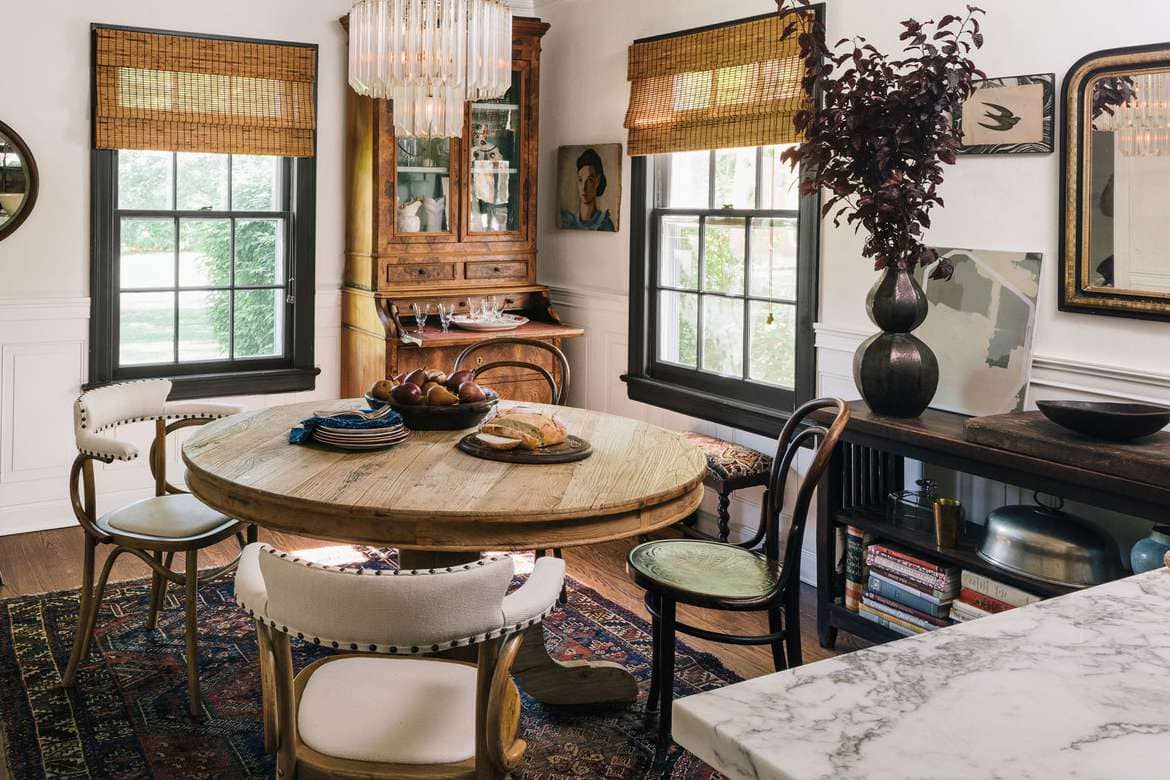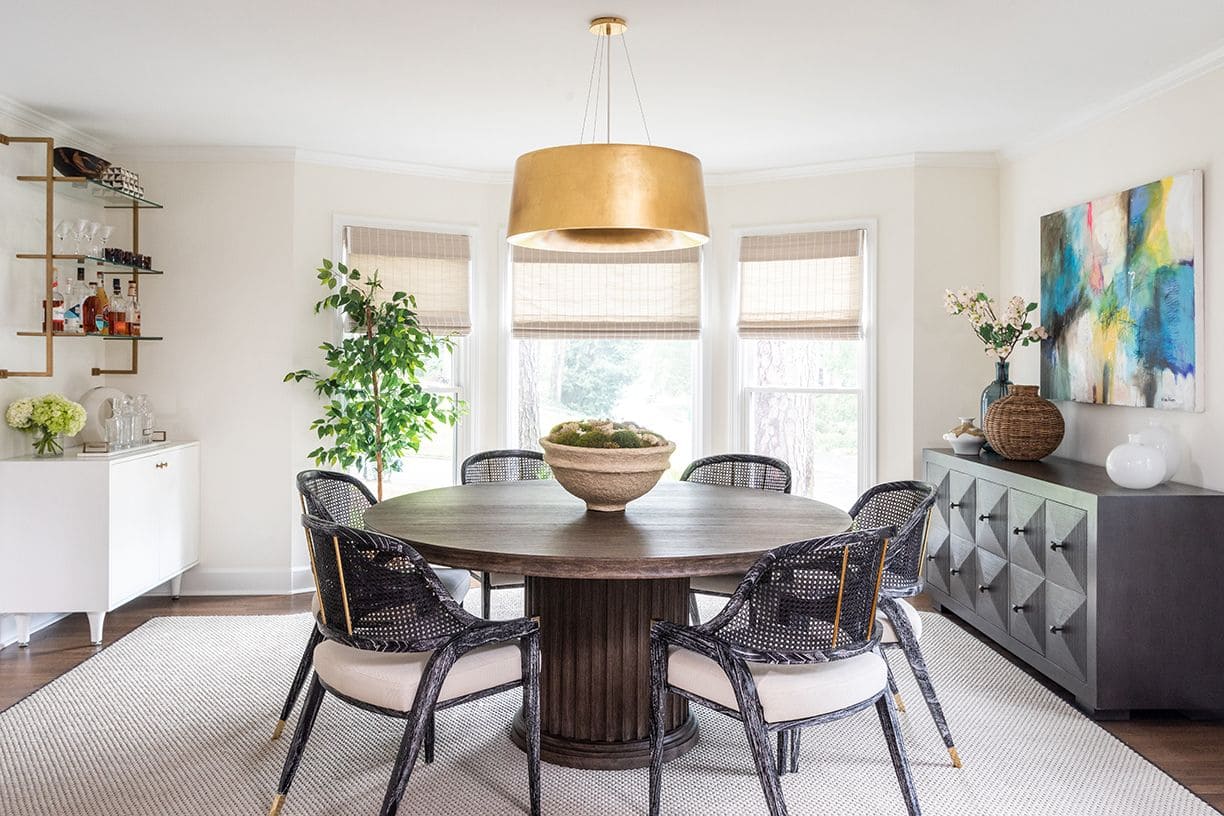Creating Flow: The Art of Interior Design
In the realm of home design, few spaces hold as much significance as the kitchen and dining room. These areas serve as the heart of the home, where families gather to share meals, stories, and laughter. The seamless integration of the kitchen and dining room is not only aesthetically pleasing but also functional, allowing for efficient use of space and effortless transition between cooking and dining activities.
Understanding the Connection
The relationship between the kitchen and dining room is more than just physical proximity; it’s about fostering a sense of connection and harmony within the home. When these spaces are well-designed and thoughtfully laid out, they can enhance the overall experience of daily living.
Design Principles for Seamless Integration
Achieving a cohesive flow between the kitchen and dining room requires careful attention to design principles such as:
Open Concept Layouts
Open concept layouts have become increasingly popular in modern home design, and for good reason. By removing walls and barriers, open layouts create a sense of spaciousness and facilitate easy communication and movement between the kitchen and dining areas.
Consistent Design Elements
To create visual continuity between the kitchen and dining room, it’s essential to maintain consistency in design elements such as color palette, materials, and finishes. This can be achieved through coordinating cabinetry, flooring, lighting fixtures, and decorative accents.
Functional Zones
Effective space planning is key to optimizing the functionality of the kitchen and dining areas. Designating specific zones for cooking, prepping, dining, and entertaining ensures that each area serves its purpose efficiently while still feeling interconnected.
Practical Tips for Integration
In addition to overarching design principles, there are several practical tips for seamlessly integrating the kitchen and dining room:
1. Strategic Placement of Furniture
Positioning dining furniture in close proximity to the kitchen facilitates easy serving and cleanup during meals. Consider placing a dining table or breakfast bar adjacent to the cooking area for convenience.
2. Multifunctional Furnishings
In small or multi-purpose spaces, opt for multifunctional furnishings that can serve dual purposes. For example, a kitchen island with built-in seating provides both additional counter space and a casual dining area.
3. Lighting Solutions
Well-planned lighting can enhance the ambiance and functionality of both the kitchen and dining room. Incorporate a mix of ambient, task, and accent lighting to create layers of illumination that can be adjusted according to different activities and moods.
4. Thoughtful Decor
Inject personality and warmth into the space with thoughtful decor touches such as artwork, plants, or textiles. Choose pieces that complement the overall design scheme and contribute to a cohesive look and feel.
The Final Touch: Personalization
Ultimately, the key to achieving the perfect harmony between the kitchen and dining room lies in personalization. Tailor the design to suit your lifestyle, preferences, and needs, creating a space that not only looks beautiful but also functions seamlessly for you and your family.
In conclusion, the integration of the kitchen and dining room is a fundamental aspect of home design that can greatly impact the overall look, feel, and functionality of a space. By following principles of seamless integration, practical tips, and adding personal touches, you can create a harmonious environment that enhances daily living and fosters connection within your home.





